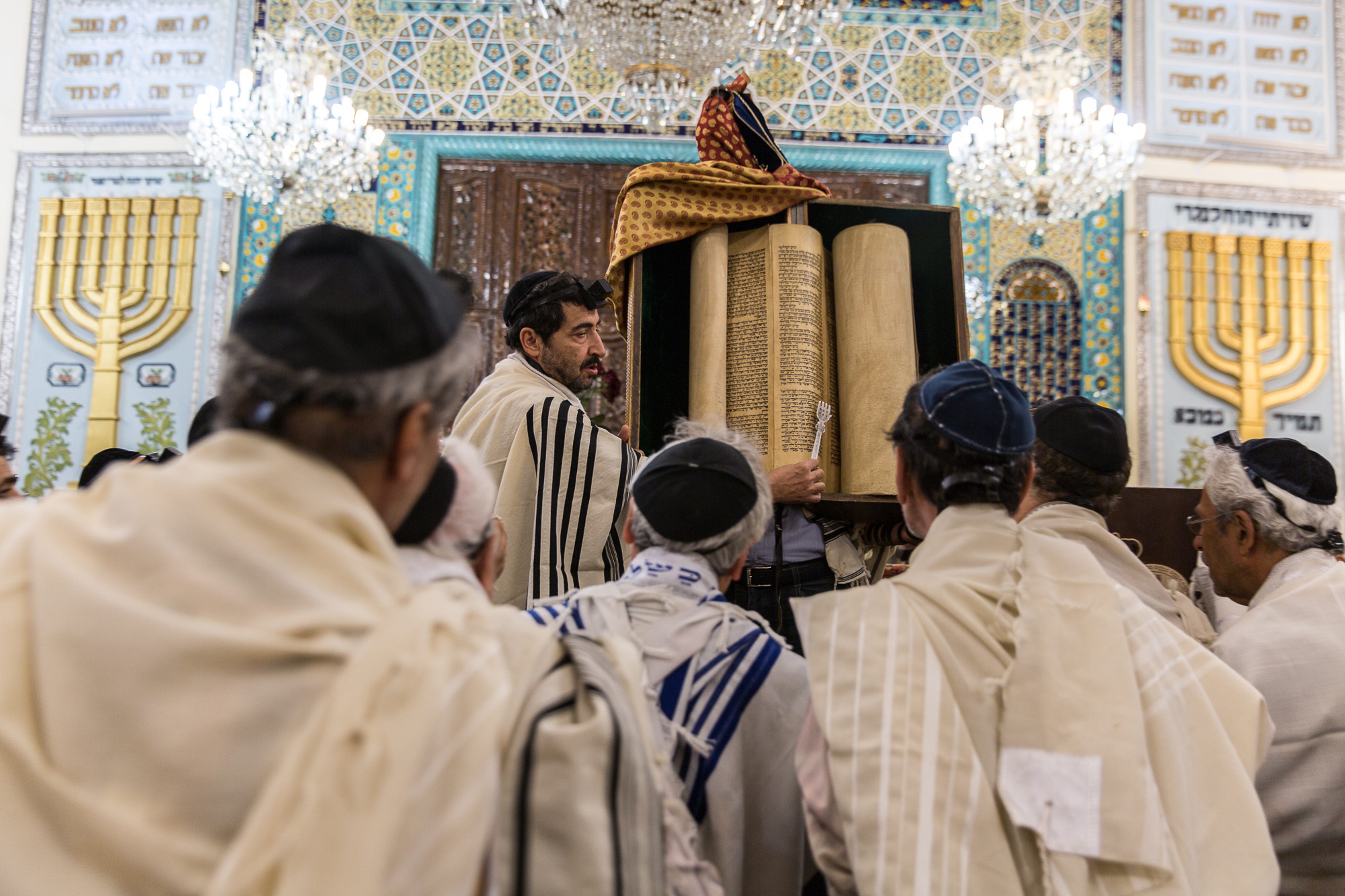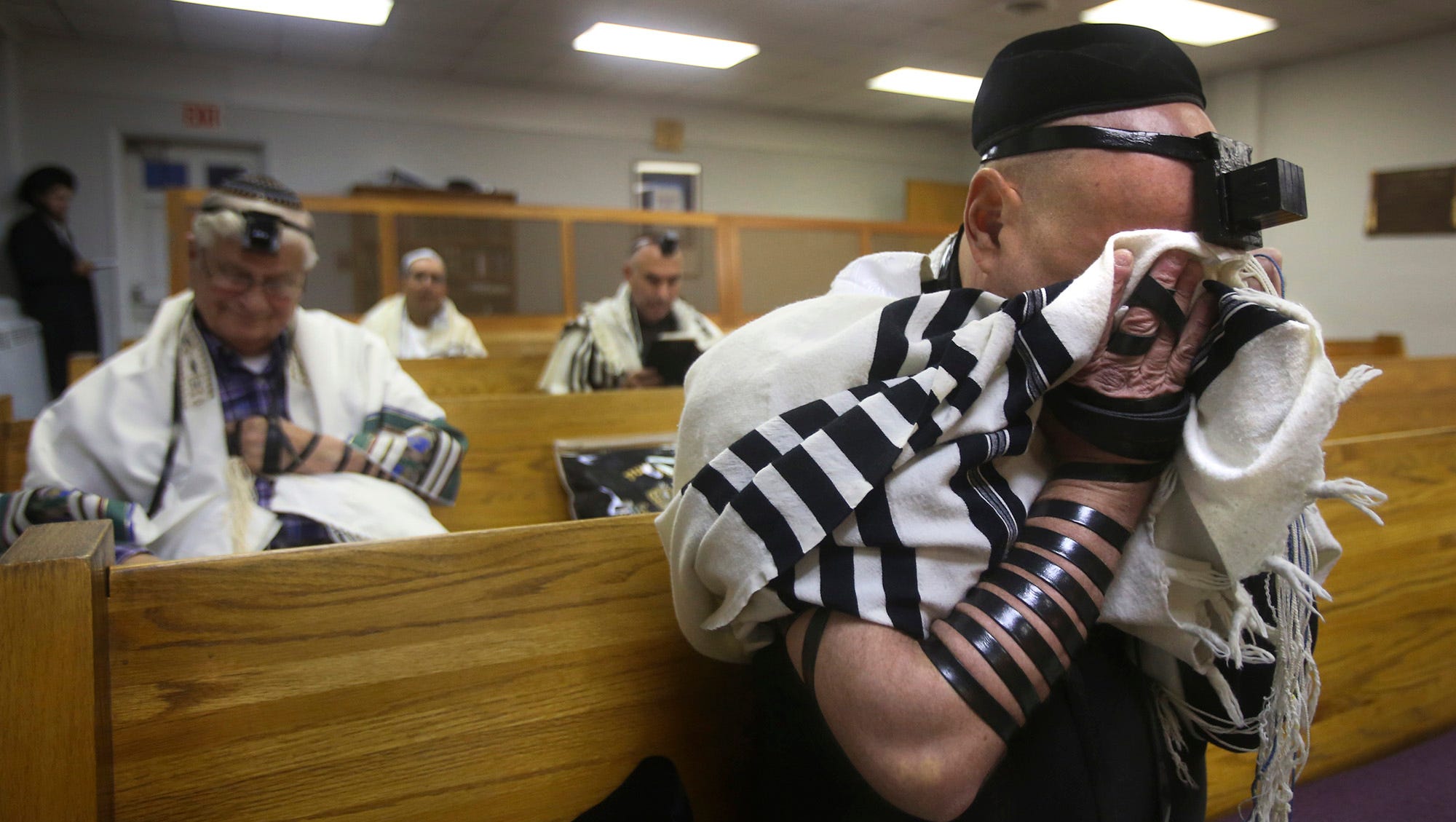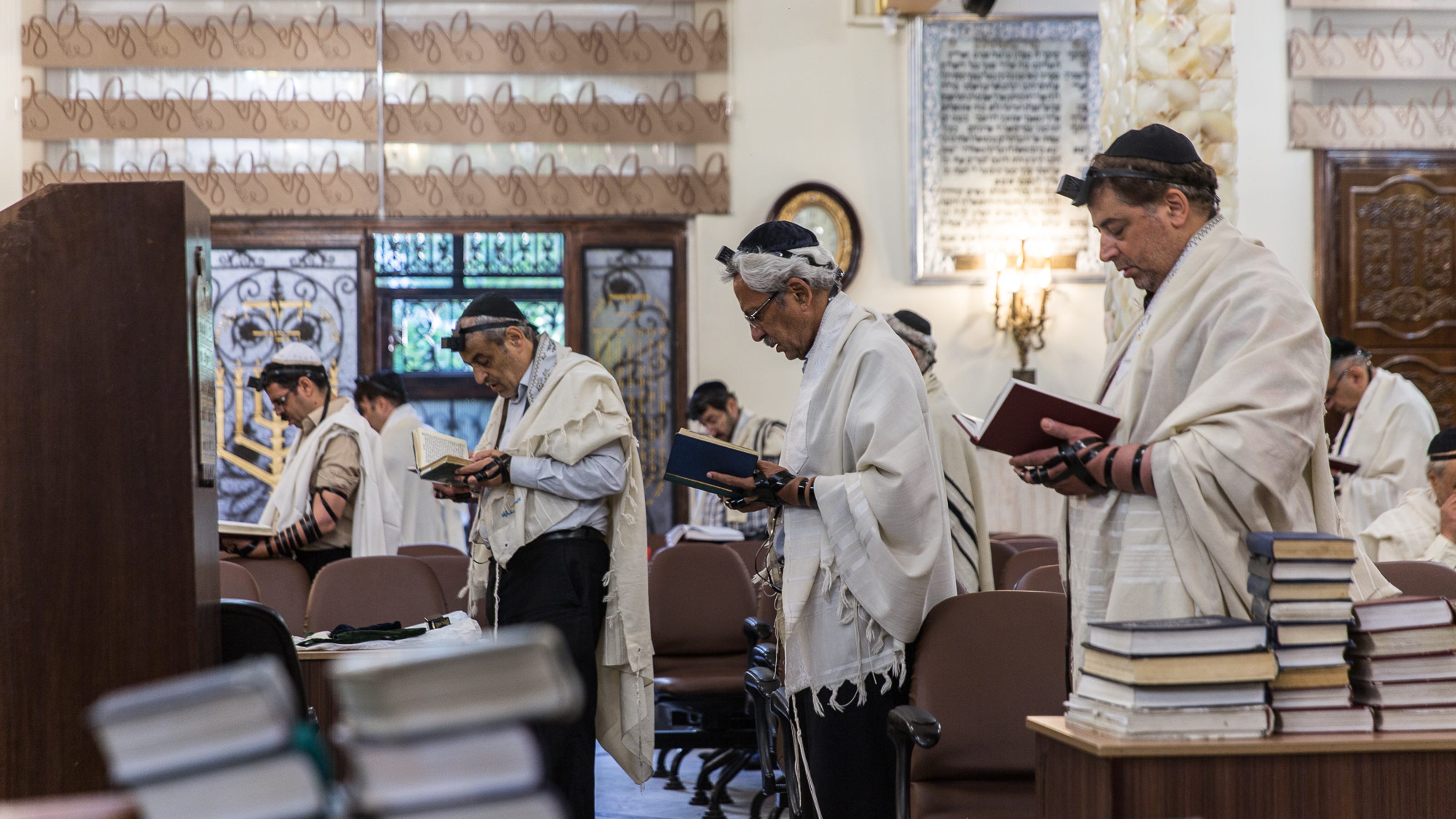Iran's Hidden Jewish Community: Numbers & Resilience
The narrative surrounding Iran often paints a picture of a nation isolated and hostile, particularly concerning its relationship with Israel. Yet, beneath the surface of geopolitical tensions lies a fascinating and enduring reality: a vibrant Jewish community that has called Iran home for millennia. The question of how many Jewish people live in Iran today is not just a matter of statistics; it's a window into a rich history, complex identity, and remarkable resilience. This article delves into the current figures, historical context, and daily lives of one of the Middle East's most ancient Jewish populations outside of Israel.
Far from being a relic of the past, Iran's Jewish community continues to maintain its traditions, culture, and religious practices, despite facing unique challenges. Their story offers a compelling counter-narrative to common perceptions, highlighting the deep historical and cultural roots that bind them to the land, even as political tides shift around them. Understanding their presence is crucial for a complete picture of religious diversity and minority rights in the Islamic Republic.
Table of Contents
- A Historical Overview of Iranian Jewry
- The Shifting Numbers: How Many Jewish People Live in Iran Today?
- Rights and Religious Freedom: A Complex Reality
- A Community Rooted in Tradition and Identity
- Challenges and Suspicions Faced by Iranian Jews
- Why Do They Stay? The Power of Roots
- Iran in the Broader Middle Eastern Jewish Landscape
- Conclusion: The Enduring Legacy of Iranian Jewry
A Historical Overview of Iranian Jewry
The history of Jewish people in Iran stretches back nearly 2,700 years, making them one of the oldest religious minorities in the country. Many scholars believe that Jews are Iran’s oldest religious minority, having lived there since the Babylonian exile. This deep historical presence predates the advent of Islam in Persia by over a millennium, weaving the Jewish community inextricably into the fabric of Iranian society and culture. For centuries, Persian Jews thrived, contributing significantly to the nation's intellectual, economic, and cultural life.
However, the 20th century brought significant demographic shifts. In 1948, the year of Israel's founding, Iran had a Jewish population of about 150,000 people. The establishment of the State of Israel, coupled with increasing political and social pressures, spurred many Iranian Jews to make aliyah, emigrating to the newly formed Jewish state. This initial wave of emigration marked the beginning of a significant decline in the community's numbers.
The most dramatic shift occurred after the 1979 Islamic Revolution. Before the revolution, an estimated 80,000 Jews lived in Iran, but the vast majority fled after the rise of the ayatollahs. Many resettled in Israel and the U.S., fearing persecution and the imposition of a strict Islamic regime. This exodus drastically reduced the size of the community, leaving a much smaller, yet resilient, population behind. The question of how many Jewish people live in Iran became a subject of keen interest globally following these events.
The Shifting Numbers: How Many Jewish People Live in Iran Today?
Pinpointing the exact number of Jewish people living in Iran today can be challenging, as various sources offer slightly different estimates. These discrepancies often stem from different methodologies, reporting periods, and the inherent difficulties in conducting precise demographic surveys of minority populations in a closed society. Despite these variations, a consistent picture emerges of a significantly reduced, but still notable, Jewish presence.
Varied Estimates and Their Sources
According to the Jewish News Syndicate (JNS) earlier this year, approximately 9,000 Jewish people live in Iran. This figure aligns with other reports from recent years. For instance, as of 2020, there were 9,000 Jews living in Iran. The 2012 census put the figure of the remaining Jewish community in Iran at about 9,000. Subsequent Iranian census data also provides insights: the Jewish population of Iran was 8,756 according to the 2013 Iranian census, and in 2016, it was reported as 9,826. In 2019, living Jews in Iran numbered 9,300, with projections for 2025 placing the number around 8,000.
However, other estimates suggest a slightly larger range. Today, there are an estimated 8,000 to 20,000 Jews living in Iran, according to some reports. The Committee of Iranian Jews, a representative body, indicates that 12,000 to 15,000 Jews remain in Iran. These estimates place Iran as home to the Middle East’s largest Jewish population outside of Israel, and indeed, making Iran the second-largest Jewish population in the region after Israel. This makes the question of "how many Jews live in Iran" a crucial one for understanding regional demographics.
The World Population Review website, in 2021, also numbered the Jews in Iran within this broader range. While the precise figure may fluctuate, it is clear that the community is a small minority in a nation of 80 million people, yet its continued existence is profoundly significant.
Concentration in Major Cities
The Jewish population in Iran is not evenly distributed across the country. They are primarily concentrated in major cities, reflecting historical patterns of settlement and the availability of community infrastructure. The "Data Kalimat" indicates that Jewish people are predominantly found in Tehran, Isfahan, and Shiraz. Other sources add Hamedan and Tabriz to this list, further illustrating the urban nature of their presence.
- Tehran: As the capital and largest city, Tehran hosts the largest segment of the Jewish community, with numerous synagogues, schools, and community centers.
- Shiraz: Known for its rich history and cultural heritage, Shiraz has long been home to a significant Jewish population.
- Isfahan: Another historical city, Isfahan also maintains a visible Jewish presence.
- Hamedan and Tabriz: These cities, while perhaps having smaller communities than the top three, also contribute to the overall demographic, with many cities in Iran having Jewish sites or sites related to Jewish history.
This concentration in urban centers allows the community to maintain a more cohesive and functional way of life, providing access to essential religious and cultural facilities.
Rights and Religious Freedom: A Complex Reality
One of the most surprising aspects for many observers is the fact that, despite the Islamic Republic’s official stance of hostility towards Israel and Zionism, Iranian Jews are allowed to practice their religion and maintain their cultural traditions. This apparent paradox is a cornerstone of understanding the community's existence. The Iranian constitution officially recognizes Jews, along with Christians and Zoroastrians, as protected religious minorities, granting them certain rights, including representation in the Majlis (parliament).
The Department of State's International Religious Freedom Report 2009 noted these aspects, indicating that while facing pressures, the community generally had the right to worship. This legal recognition means that, unlike some other groups, the Jewish community can openly operate their religious institutions. There are 30 active synagogues, Jewish schools, kosher butchers and restaurants, and even a matzah factory. This infrastructure allows for a complete Jewish way of life, from daily prayers to dietary laws and holiday observances.
However, this religious freedom exists within a broader political context that is often challenging. The distinction between Judaism as a religion and Zionism as a political ideology is strictly enforced by the Iranian state. While practicing Judaism is permitted, any perceived sympathy with Israel or Zionism is not tolerated and can lead to severe consequences. This creates a delicate balance for the community, requiring them to publicly distance themselves from Israeli policies while privately maintaining their religious and cultural heritage. The story of how many Jewish people live in Iran is incomplete without understanding these nuances of their daily existence.
A Community Rooted in Tradition and Identity
Despite rising antisemitism and diminishing tolerance in the broader society, Iran’s Jewish community maintains a strong sense of cultural pride and national identity. David Nissan, an Iran expert and former Israeli intelligence officer born and raised in Tehran, notes that despite significant emigration from the revolution to the present day, the community still maintains a complete Jewish way of life. This is a testament to their deep historical roots and the strength of their communal bonds.
Maintaining a Complete Jewish Way of Life
The existence of active synagogues, Jewish schools, kosher facilities, and even a matzah factory speaks volumes about the community's ability to preserve its religious and cultural practices. These institutions are not merely symbolic; they are vital for the transmission of Jewish heritage to younger generations. Children attend Jewish schools, learning Hebrew and religious studies alongside the national curriculum. Families observe Shabbat and holidays, maintaining dietary laws, and participating in communal life centered around the synagogue.
The Tehran Jewish Committee, a central representative body, plays a crucial role in overseeing the community's affairs, from religious services to educational programs and welfare initiatives. Their annual reports outline budget shortfalls, kashrut efforts, youth programs, and importantly, their loyalty to the Islamic Republic. This public declaration of loyalty is a necessary component of their continued existence and underscores the delicate balance they must maintain.
Cultural Pride and National Identity
Iranian Jews often express a dual identity: proud of their Jewish heritage and deeply connected to their Iranian homeland. Many of the estimated 15,000 Jews say they're safe and happy living in the Islamic Republic, as reported by Reza Sayah, who took a rare inside look at life for Iran's Jewish minority. This sentiment, while perhaps surprising to outsiders, reflects centuries of shared history and cultural integration. They speak Persian, participate in national holidays, and view themselves as integral parts of Iranian society, despite their religious difference.
Oded Ravivi, CEO of Anu, an organization that explores the story of the Jewish people, added that "the story of Iran’s Jewish community is more relevant than ever and sheds light on fascinating and deep aspects—not just about this community, but about the story of the entire Jewish people." He emphasizes that "through the story of Iran’s Jewish community, we are exposed to the power of historical and cultural roots." This highlights the broader significance of understanding how many Jewish people live in Iran and how they navigate their unique circumstances.
Challenges and Suspicions Faced by Iranian Jews
While Iranian Jews are permitted to practice their religion, their lives are not without significant challenges. David Nissan points out that "Jews in Iran face increased suspicion." This suspicion often stems from the government's anti-Israel rhetoric, which can unfortunately spill over into societal attitudes towards its Jewish citizens. Despite official protections, antisemitism, though perhaps not always state-sponsored, remains a palpable concern.
The constant need to prove loyalty to the Islamic Republic and distance themselves from Israel can be psychologically taxing. Incidents like the execution of a Jewish man in Iran after the victim’s family refused a $1M settlement, as reported by Itamar Eichner in Ynet (November 4, 2024), highlight the precariousness of their situation and the potential for severe consequences under the legal system. Such events, even if not directly linked to their Jewish identity, contribute to an environment of fear and caution.
Diminishing tolerance, alongside rising antisemitism, means that while the community can maintain its religious practices, the social environment can be isolating. Opportunities for advancement might be limited, and a constant awareness of their minority status is likely ever-present. This makes the resilience and continued presence of the community even more remarkable.
Why Do They Stay? The Power of Roots
Given the historical context of mass emigration and the ongoing challenges, a natural question arises: why do a significant number of Jewish people choose to remain in Iran? The "Data Kalimat" provides a profound answer, drawing a parallel to ancient history: "As to the question why they do not make aliyah from the land of Haman, similar as the 80% of Jews in Egypt did not leave Egypt with Moses, it is because they have chosen not to leave. Thus they must take the consequences of their choice: to live in Haman’s land and not go up to Israel."
This perspective underscores a powerful sense of rootedness and agency. For many, Iran is simply home. Generations have lived and died on this land, building communities, raising families, and contributing to its culture. Their identity is not solely Jewish but deeply Persian. The idea of leaving behind centuries of heritage, ancestral graves, and a familiar way of life is a profound decision, one that many are unwilling to make.
Furthermore, some may genuinely feel safe and content. As mentioned, "many of the estimated 15,000 Jews say they're safe and happy living in the Islamic Republic." This sentiment might stem from a perception that their religious freedom is largely respected, or that the challenges they face are manageable within the context of their long-standing presence. The community's deep historical and cultural roots provide a powerful anchor, connecting them to the land and its people in ways that transcend political boundaries and ideological differences. The decision of how many Jewish people live in Iran is ultimately a personal one, driven by complex factors.
Iran in the Broader Middle Eastern Jewish Landscape
When discussing Jewish communities outside of Israel, Iran holds a unique and significant position. While the largest number of Jews in the Middle East, outside of Israel, live in Turkey, Iran still represents the second-largest Jewish population in the region after Israel. This makes Iran a crucial case study for understanding the survival and adaptation of ancient Jewish communities in the contemporary Middle East.
Historically, Iran was once the flagship of Middle Eastern Jewish communities. David Nissan notes that despite significant emigration, the community still maintains a complete Jewish way of life. This resilience contrasts sharply with the near-disappearance of Jewish communities in many other Arab countries following the mid-20th century. While communities in Iraq, Egypt, Syria, and Yemen largely emigrated, the Iranian Jewish community, though reduced, has endured. This unique persistence makes the question of how many Jewish people live in Iran even more compelling for scholars and observers of the region.
The story of Iran's Jewish community is a testament to the enduring power of cultural and religious identity, even in the face of political adversity. It highlights the diversity within the Jewish people and the varied paths communities have taken throughout history.
Conclusion: The Enduring Legacy of Iranian Jewry
The question of how many Jewish people live in Iran reveals a nuanced reality far more complex than often portrayed. While numbers have drastically dwindled from the 150,000 in 1948 to current estimates ranging from 8,000 to 15,000, the community's presence is undeniable and deeply rooted. Concentrated primarily in cities like Tehran, Shiraz, and Isfahan, they maintain an active religious and cultural life, supported by synagogues, schools, and kosher facilities.
Despite the Islamic Republic's official hostility towards Israel, Iranian Jews are largely permitted to practice their religion, a right enshrined in the constitution. However, this freedom comes with the constant burden of suspicion and the need to publicly demonstrate loyalty to the state. Yet, for many, the deep historical connection to Iran, spanning nearly 2,700 years, outweighs the challenges, fostering a strong sense of cultural pride and national identity.
The story of Iran's Jewish community is a powerful narrative of resilience, adaptation, and the enduring strength of historical and cultural ties. It serves as a vital reminder that even in politically charged environments, human communities can find ways to preserve their heritage and identity.
What are your thoughts on the unique situation of Jewish people in Iran? Share your insights and perspectives in the comments below. If you found this article informative, please consider sharing it with others who might be interested in this fascinating aspect of Middle Eastern history and contemporary society. Explore more articles on religious minorities and cultural heritage on our site.
- Maligoshik Leak
- Michael Steele Wife
- Judge Ross Wife
- Meganmccarthy Onlyfans
- Tyreek Hill Height And Weight

Iran’s Jews say they feel safe, respected — and are Iranians at heart

American Jews change self-portrait

Jews accepted, but limited while living in Iran